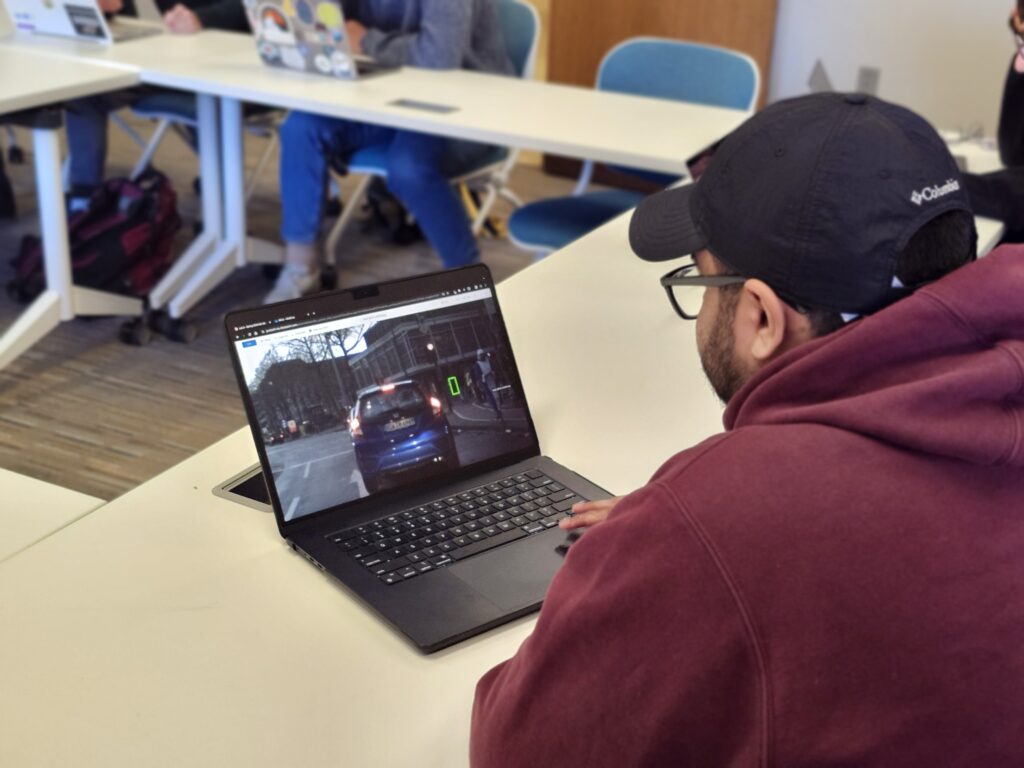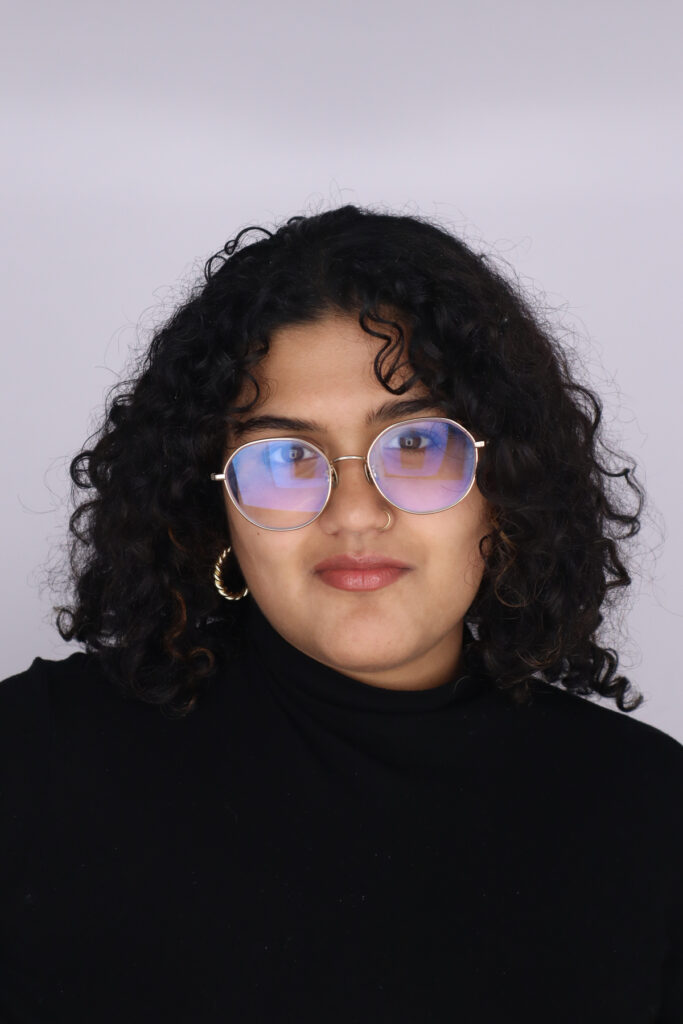Purdue lab revolutionizes social science research through big data analysis
The Tuesday after spring break, students from Purdue University’s Computational Social Science Lab eagerly gathered in the Joe and Maggie Kernan Social Science Research Lab on Beering Hall’s second floor to continue their research. The lab is a first of its kind to research social sciences through the analysis of “big data.”
“We’re interested in how we can utilize audio, video and unconventional forms of data to understand things like people’s preferences to policy,” enthuses Bryce Dietrich, associate professor of political science and director of the College of Liberal Arts’ Computational Social Science Lab.

Pictured: Purdue students gather around a table in Beering Hall to continue their big data research, working on laptops
Dietrich and his students have spent upwards of a year analyzing unconventional data sources to answer big social science questions, like how people interact with gender in public and how often politicians cross the aisle. For example, political science graduate student Jasper Neath and his team are evaluating how different genders interact with each other using photos intended for training self-driving vehicles.
“We have a huge data set of nearly 100,000 images from Mercedes dash cams in European cities,” Neath says. “We have the 3D coordinates of the pedestrians in all these cities, and we can use them to see how different genders interact.”
Currently, Neath and his team are in the process of labeling and analyzing the data and are far from reaching conclusions on their research. Still, they say they have learned much in such an interdisciplinary environment like the Kernan Social Science Research Lab.
“As computer science majors, typically we just work with computers all day,” explains junior Hardit Sandhu. “However, working in the social sciences and learning how humans interact has been eye-opening.”
Sandhu, who works with Neath, said the lab inspired him to look into more human-centric careers in computer science after college. He joined the lab after taking a class with Deitrich called Data and Public Policy, which integrates political science concepts into discussions about emerging technologies.
“The class was meant for political science students who want to learn about machine learning and AI,” Dietrich says. “But I swear every time I teach it, I have students embedded in STEM fields who want a break from doing the problem sets.”
Michael Lenkeit, a sophomore studying computer science, says the lab offers him just that.
“Most of what I have done in computer science has been extremely theoretical and abstract,” Lenkeit explains. “It’s really cool to get involved in a project from the ground up and see how technology is being used in a practical context.”
STEM majors aren’t the only students utilizing the Computational Social Science Lab’s resources. Political science and applied statistics major Lynlee Rice is analyzing interactions of journalists, politicians and academics on news sites like CNN.
“We know that men often dominate the conversation,” says Myriam Shiran, the postdoctoral research associate leading the project. “They make up around 60% of everything being said. However, we found that women journalists are most likely to interrupt a conversation.”
Rice says that the work she has conducted in the lab so far has helped her learn more tools she will utilize in the future.
“I want to pursue polling research in the future, so I find this very helpful in learning how to use statistics in a political science context,” she says. “In my future career, I want to use data to figure out what kind of issues politicians should talk about and who they should talk to.”
The Computational Social Science Lab exemplifies Purdue University’s commitment to preparing Boilermakers for their future careers while bridging the gap between technology and the social sciences. By emphasizing interdisciplinary education, the lab not only expands students’ academic horizons but also equips them with the skills and perspectives needed to be leaders and innovators in an increasingly interconnected world.
Last updated: April 18, 2024

Author: Malini Nair, AI Communication Assistant for Student Success Programs, nair112@purdue.edu